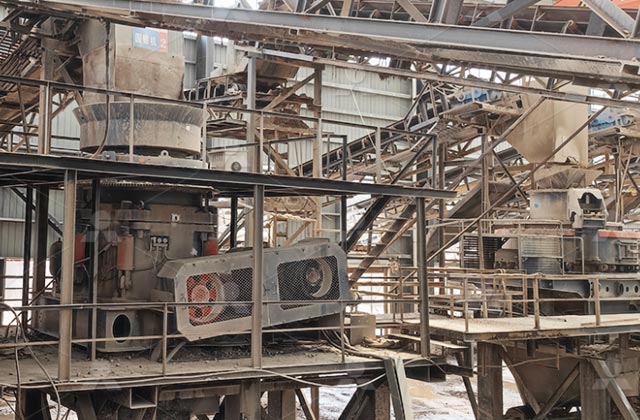Introduction to Aggregate Crushing Plant Capacity
An aggregate crushing plant is a vital component in the construction and mining industries, where raw materials are processed into various sizes of aggregates for use in concrete, asphalt, and other construction projects. The capacity of such a plant is a critical factor, as it determines the volume of material that can be processed within a given time frame. Plant capacity is influenced by several factors, including the size and efficiency of the crushers, the design of the plant layout, and the type of raw materials being processed.
Determinants of Crushing Plant Capacity
Several factors determine the capacity of an aggregate crushing plant. The type of crushers used, such as jaw crushers, cone crushers, and impact crushers, plays a significant role. Primary crushers like jaw or impact crushers handle the initial crushing of the material. They are usually followed by secondary crushers, such as cone crushers, which further reduce the material size. The screens then separate the material into different sizes for further processing or final use. The interplay between these components is crucial to achieving the desired capacity.

Importance of Matching Capacity to Demand
Another important aspect affecting the plant’s capacity is the type and hardness of the material being processed. Harder materials like granite or basalt require more energy and time to crush, potentially reducing the plant’s throughput. Conversely, softer materials like limestone may allow for higher production rates. The moisture content and the size distribution of the raw material also play a role, as they can impact the crusher’s efficiency and the screening process.
To optimize the plant’s capacity, it is vital to consider the correct sizing and arrangement of the equipment. Overloading any part of the plant can lead to bottlenecks, reducing the overall efficiency. On the other hand, having underutilized equipment can result in unnecessary operational costs. Therefore, proper planning and continuous monitoring are essential to maintain the balance between production requirements and equipment capabilities.
Optimization Strategies for Maximizing Capacity
Optimizing the capacity of an aggregate crushing plant involves several strategies. These include selecting the right combination of crushers, ensuring consistent material feed, and employing advanced automation systems for better process control. Regular maintenance and monitoring of equipment can prevent unexpected downtimes, thus maintaining continuous production. Additionally, implementing a flexible layout that allows for easy scaling of operations can help accommodate changes in demand, ensuring that the plant remains productive and profitable.
The Impact of Capacity on Aggregate Production
The capacity of an aggregate crushing plant is a key factor that impacts the operation’s overall performance. It’s influenced by various elements, including the type of material, the equipment configuration, and the plant’s design. By optimizing these factors, plant operators can maximize output and ensure the efficient production of high-quality aggregates for various construction applications.

